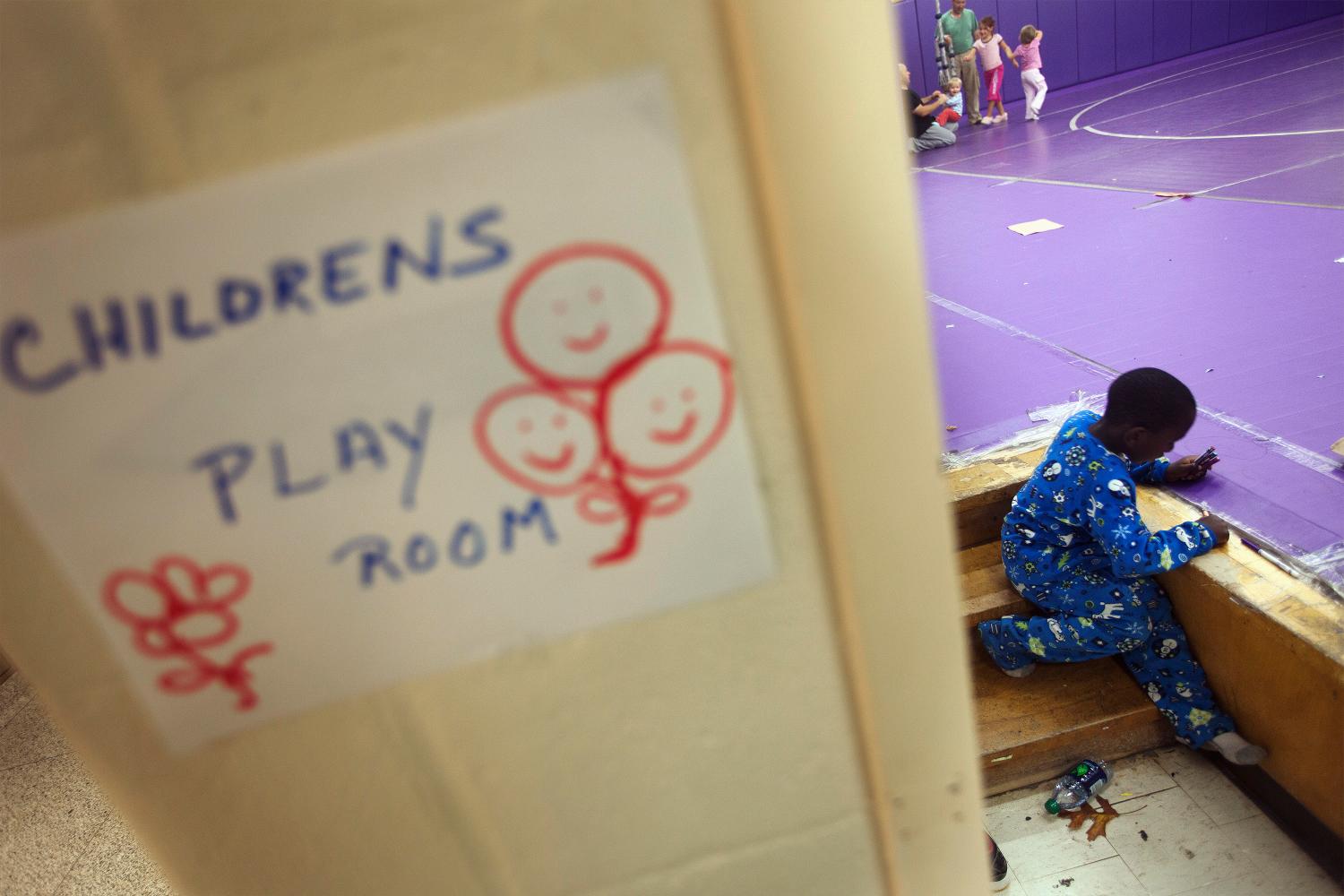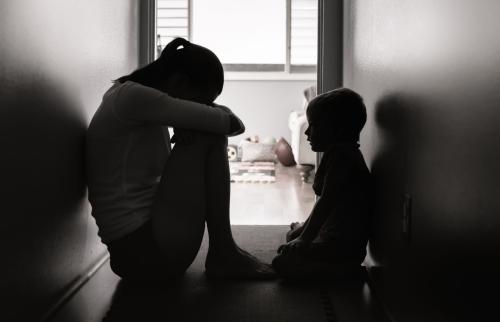The federal government gives states far more money to support children who have been removed from their homes and placed in foster care than it gives them for prevention and treatment programs that could keep kids out of foster care in the first place. For a variety of reasons, the foster care caseload is falling. At the same time, evidence is mounting that well-designed programs can identify at-risk families and help resolve family problems as they emerge, often averting the need for foster care later on. Congress has the opportunity to change the funding formula under Title IV of the Social Security Act so that states have the flexibility to put money where it will be most effective at keeping at-risk children safe, ensuring that they have a permanent home, and promoting their wellbeing.
Since 1980, the federal government’s child welfare policy has provided open-ended funding to support children who have been removed from their homes. But prevention and service programs that can help families and children deal with problems that often lead to abuse and neglect have seen far less funding, and that funding has been capped. Proposals to reform this system of child welfare financing, so that money could be transferred from foster care payments to prevention and treatment services that could reduce the need for foster care, date back to the Reagan administration. There may well be another attempt to reform child welfare financing during the current Congress. In this policy brief, we summarize evidence, much of it drawn from Lawrence Berger and Sarah Font’s article in a recent issue of the Future of Children, that Congress should consider in making decisions about any such financing reform.
But first, some background.
Ironically, parents are one of the biggest threats to many children’s health and development. According to an annual study sponsored by the Department of Health and Human Services, in 2013 nearly 680,000 children were reported by states to be victims of abuse or neglect. Worse, 1,520 children died from maltreatment that year, nearly 80 percent of them at the hands of their own parents. Infants under age one suffered most, with an abuse rate of 23.1 per 1,000, over twice as high as the overall child victimization rate of 9.1 per 1,000.
Government Programs to Protect Kids in High-Risk Families
The nation has developed a large, complex, and expensive system for reporting and investigating maltreatment, removing some children from their homes, and preventing and treating problems of parents and children that underlie and result from maltreatment. The child welfare system, supported by federal, state, and local dollars, has offices throughout the nation. These local offices, usually referred to as Child Protective Services (CPS), investigate reports of maltreatment and confirm or reject them. In many cases of confirmed abuse or neglect, they offer a range of treatments to the adults and children involved. Many offices also offer prevention programs designed to head off abuse and neglect.
Federal and state statutes set the general goals of the child welfare system: to ensure children’s safety, see that they have a permanent home, and promote their wellbeing. When maltreatment is suspected or confirmed and the problem is not so severe that removing children from their parents’ home is deemed necessary, parents and sometimes children receive drug treatment, mental health treatment, or other programs and services. When CPS determines that it is unsafe for children to remain in their home, they are placed in out-of-home care. Most often this means foster care, which is provided by unrelated adults who are paid by the state. In recent years, it has become increasingly common for children to be placed with relatives, especially maternal grandmothers, in what is called kinship care. Some children are placed in group care, although states are under increasing pressure not to do so. The child welfare system also helps find adoptive families for children whose parents’ rights have been terminated by the courts, usually because the children could not live safely with their parents or the parents made insufficient progress with rehabilitation plans.
The federal government has created many programs to help states, localities, and tribes pay for child welfare. The largest include two grant programs in Title IV-B of the Social Security Act that give states fixed funding totaling around $650 million each year, as well as a series of programs in Title IV-E that give states open-ended funding that totaled about $6.9 billion in 2014. The IV-E programs pay almost exclusively for out-of-home care for children from poor families, along with the administrative and training expenses associated with foster care, adoption, and guardianship. In sharp contrast, the two IV-B grant programs offer states a great deal of spending flexibility. The two IV-B grant programs generally pay for “front end” services designed to prevent or treat parent and child problems that contribute to abuse and neglect, such as substance abuse, family violence, and mental health issues. The much larger IV-E programs provide funds mostly on the “back end,” after children have been removed from their homes. Under this financing structure, in which funds available for foster care on the back end exceed those for front-end services by a huge amount, states seem to have financial incentives to remove children from their homes, especially if they cannot afford to provide treatment and services. This is unfortunate, because research shows that in borderline cases, children removed from their families do worse compared to children who remain with their families. As Berger and Font show, many prevention and treatment programs have been shown to reduce the need for out-of-home placement.




